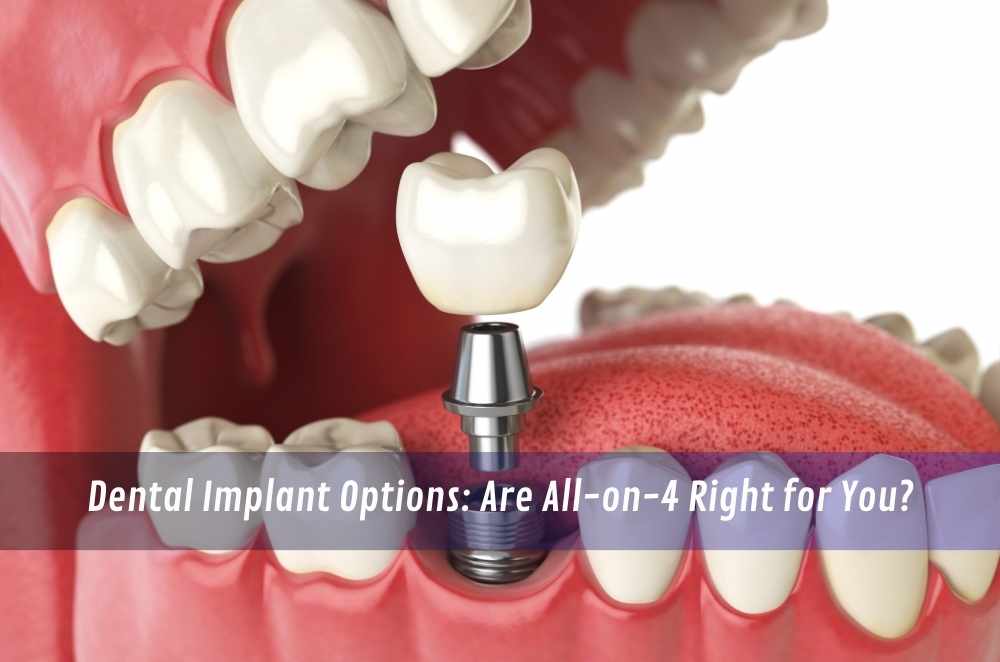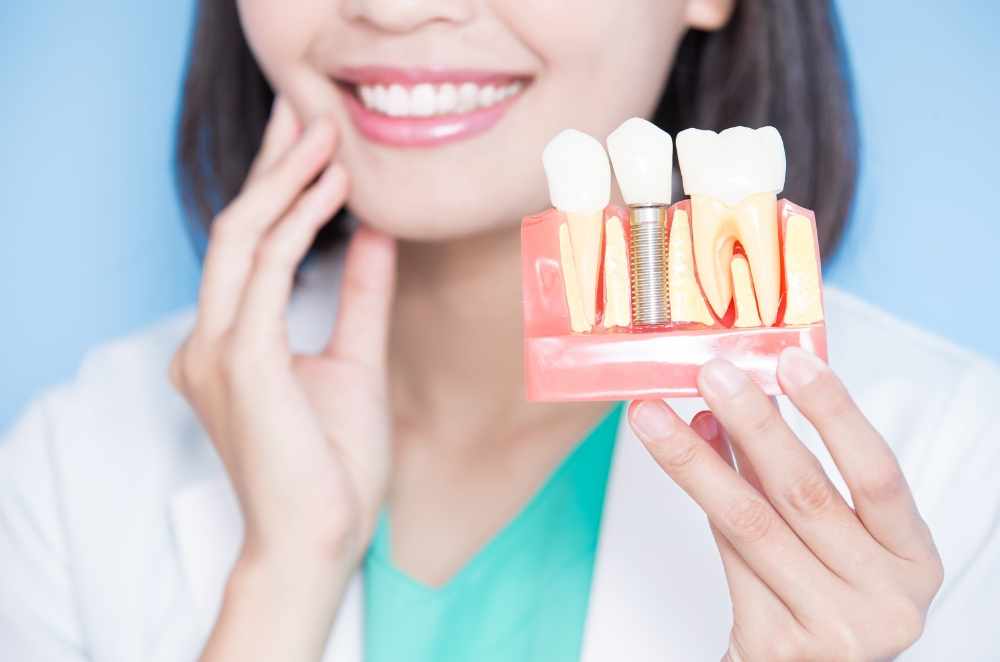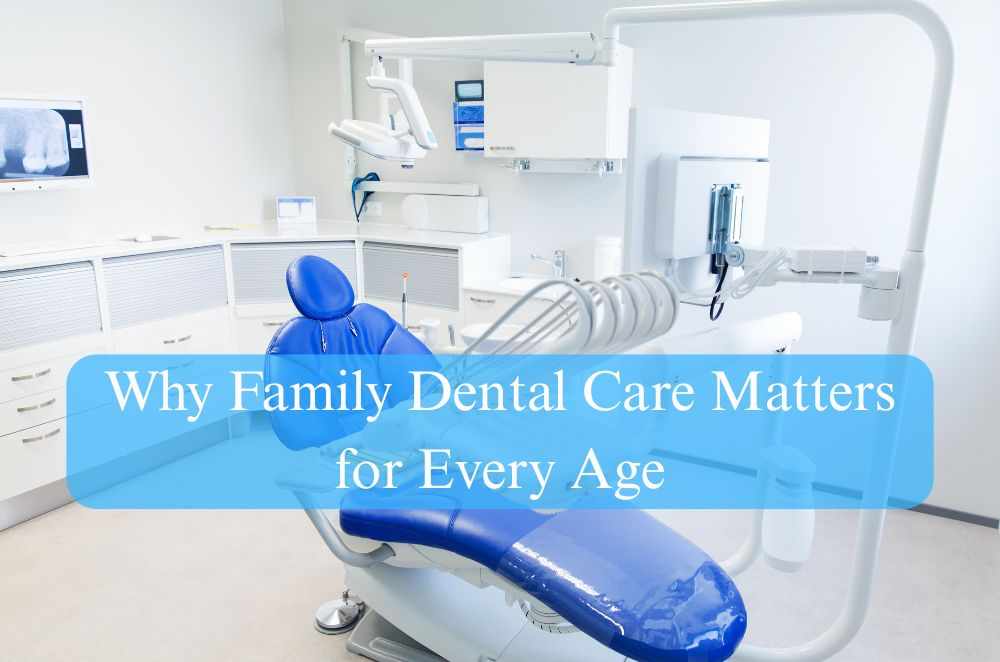
If you’ve been chewing on one side, dodging apples, or hiding your smile in photos, you’re not alone. In the Blue Mountains, I hear the same thing week after week: “I just want my bite back.” Before you choose a path, it helps to get a grip on the dollars and the moving parts. A sensible starting point is reading up on implant dentistry cost, then lining that up with your mouth, your health, and how quickly you want to move.
What All-on-4 really means (no fluff)
All-on-4 is a fixed bridge that replaces a full arch of teeth using four implants, usually with the back implants angled to grab stronger bone. You brush it like teeth. It doesn’t come out at night. For a lot of folks who’ve wrestled with a plate, that’s the appeal.
When it shines
You’re missing most teeth in an arch, or your denture floats when you talk.
You want a stable, fixed bite and fewer surgeries than placing many individual implants.
You’re hoping for “teeth in a day” temps, so you’re not walking around toothless.
When to slow down
Active gum disease needs to be settled first.
Heavy grinding, smoking, or poorly controlled diabetes can knock success rates.
The bone is too thin in key areas without grafting or alternative angles.
Quick compare
Single implant + crown: One gap, neat fix, easy to clean.
Short implant bridge: Two implants carrying three or four teeth.
Implant-retained denture: Removable, but it “clicks on” to 2–4 implants for grip.
Who is a good candidate (and who needs a plan first)
Candidacy isn’t just “Do I have a gap?” It’s gums, bone, bite forces, and habits.
Green lights
Healthy gums, decent plaque control
Enough bone (or a realistic plan to create it)
You’re okay with maintenance: hygiene visits and specific cleaning tools
Orange lights
Smoking/vaping — slower healing, higher complication risk
Uncontrolled medical conditions
Night-time grinding without a plan for protection
If you like to read ahead, Healthdirect’s plain-English overview on dental implant risks and benefits is a steady compass. It won’t sell you anything, which is exactly the point.
What drives the cost — the honest version
I get why “it depends” sounds cagey. But with implants, it really does.
The big levers
Type of work: Single tooth, short bridge, full-arch All-on-4 — each has different hardware and lab time.
Preparatory steps: Extractions, bone grafts, sinus lifts, gum therapy — add them and timelines (and fees) shift.
Materials: Temporary vs definitive bridge; titanium frameworks vs zirconia; aesthetic layering.
Appointments: Guided surgery planning, review visits, bite adjustments, and sedation.
Maintenance: Hygiene intervals, night guards for grinders, occasional component swaps.
How to get a fair quote
Ask for a written plan that splits fees into surgical, restorative, and lab.
Compare like-for-like — not just a headline number.
Check what happens if a single implant doesn’t integrate on schedule (it’s rare, but plans matter).
A quick example from a real week: two patients both wanted upper All-on-4. One needed four extractions and a sinus lift; the other had no extractions left and good bone—same final goal, very different journeys — and fees that reflect that.
From consult to smile: The practical road map
Most pathways share the same backbone, even if the timing changes.
Consult + 3D imaging — medical history, CBCT scan, photos, bite assessment.
Planning — digital mock-up, where the teeth should land, and guide design.
Surgery day — implants placed; for All-on-4, you’ll often leave with a fixed temporary bridge.
Healing — 2–6 months for the bone to lock onto the implants; soft foods, careful cleaning.
Final teeth — scans/impressions, try-ins, then the definitive bridge or crown.
Maintenance — scheduled cleans, bite checks, and a night guard if you grind.
A candid moment: I watched a gent from Katoomba try to celebrate his same-day temps with a crusty bakery roll. Looked triumphant… until we reminded him: soft foods only for a bit. He laughed, swapped it for pumpkin soup, and texted a week later saying the soup phase wasn’t so bad.

Risks and recovery, minus the spin
Surgery has risks: infection, delayed healing, nerve irritation, or an implant that fails to integrate. Full arches add a layer: bite forces are higher, and cleansability under the bridge matters.
How to stack the odds
Pause smoking before and after surgery. Yes, it’s hard. It also changes outcomes.
Respect the soft diet in early healing, even if temps feel “rock solid.”
Clean like you mean it: Water flosser + threaders/superfloss under a fixed bridge.
Keep your reviews: A two-minute bite tweak can prevent months of wear issues.
For a neutral sense-check, the government outline on dental implant risks and benefits is a good read between consults.
All-on-4 versus other paths, side by side
All-on-4 (fixed full-arch bridge on four implants)
Pros: Fixed feel; no plate on the palate; confident chewing; temps often the same day.
Cons: Higher upfront cost; cleaning needs discipline; breakages mean a clinic visit.
Implant-retained denture (removable, clips on)
Pros: Big jump in stability vs standard dentures; easier to clean; fewer implants.
Cons: Still removable; slight movement; acrylic wear over time.
Multiple single implants or short bridges
Pros: Feels like individual teeth; easy flossing between units; modular repairs.
Cons: More surgeries; sometimes needs grafting; longer timeline.
If you’re stuck between “fixed” and “removable,” a neutral explainer on screw in dentures vs implants helps map the trade-offs without hype.
What to ask at your consultation (take this list)
Short list, straight answers — that’s the goal.
Do I need grafting, a sinus lift, or can angled implants avoid it? Why?
What’s the plan if an implant doesn’t integrate on time?
How will you design the bridge edges so I can clean underneath easily?
What maintenance do you recommend in year one and beyond?
Can I see cases like mine — similar bone, smile line, and bite?
And because week one can feel like you’ve adopted a second job, keep a recovery guide handy after tooth implant surgery. It saves panicked late-night Googling.
Life with implants: The everyday reality
Day to day, implants feel normal because they don’t wobble. That’s the win. The trade-off? Fixed bridges gather plaque along the gum line and under the framework if you don’t keep up the routine.
The kit that actually gets used
Compact-head electric brush (easier angles)
Water flosser with a precision tip
Superfloss/threaders for under-bridge cleaning
A night guard if you clench or grind (cheap insurance)
Another small story: a Springwood tradie who grinds through coffee and deadlines had his lower arch done. We built a guard early. Five years later, he jokes the guard is uglier than the bridge — but the bridge still looks mint. That’s the point.
Pulling it together
Choosing implants is less “What’s the cheapest?” and more “Which option fits my mouth, my habits, and my calendar?” All-on-4 can be a game-changer when the case lines up: fixed, confident chewing, no plate. It’s not the only path, and it’s not always the first one. Start with a no-rush consult, ask blunt questions, compare like-for-like plans, and use neutral sources to sanity-check the sales pitch.
If you’re mapping options against your budget, circle back to implant dentistry cost for a feel of the moving parts — then take your notes to a proper sit-down and build the plan that makes sense for you.






Write a comment ...